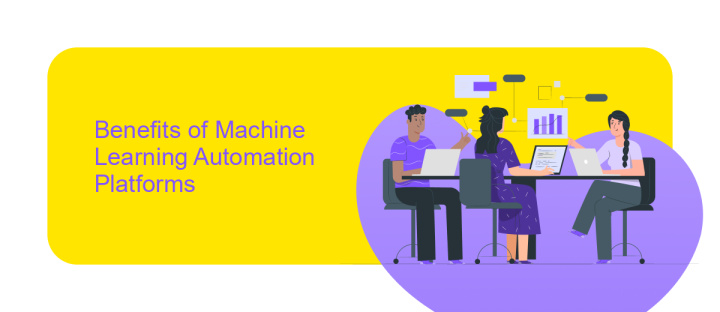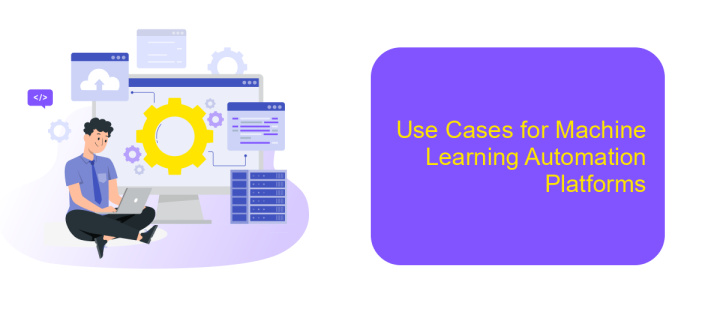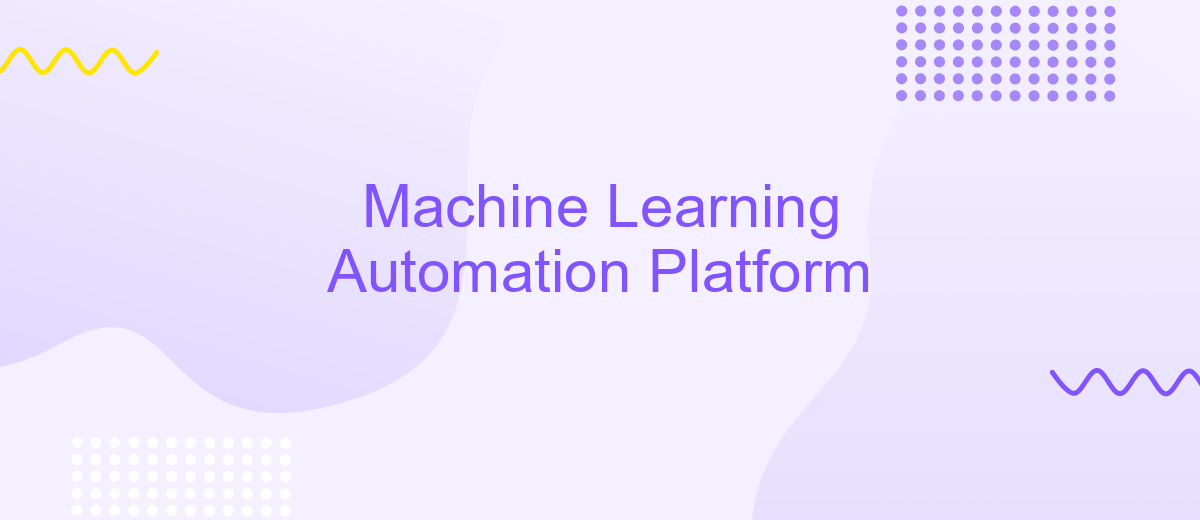Machine Learning Automation Platform
In today's rapidly evolving technological landscape, the integration of machine learning automation platforms has become crucial for businesses seeking to enhance efficiency and drive innovation. These platforms streamline complex processes, enabling organizations to harness the power of data-driven insights with minimal manual intervention. This article explores the key features, benefits, and real-world applications of machine learning automation platforms, highlighting their transformative impact across various industries.
Introduction
Machine Learning Automation Platforms are revolutionizing the way businesses and researchers approach data analysis and predictive modeling. By automating complex machine learning processes, these platforms enable users to build, train, and deploy models more efficiently. This not only saves time but also reduces the need for specialized knowledge, making advanced analytics accessible to a broader audience.
- Streamlined model development
- Automatic feature engineering
- Scalable deployment options
- Improved model accuracy
- Enhanced collaboration tools
As the demand for data-driven decision-making continues to grow, the importance of Machine Learning Automation Platforms cannot be overstated. These platforms empower organizations to harness the full potential of their data, driving innovation and competitive advantage. By simplifying the machine learning lifecycle, they open up new opportunities for insights and efficiencies across various industries.
Benefits of Machine Learning Automation Platforms

Machine Learning Automation Platforms offer significant benefits by streamlining complex processes and reducing the need for manual intervention. These platforms can handle large datasets efficiently, ensuring faster and more accurate results. By automating repetitive tasks, they free up valuable time for data scientists and analysts, allowing them to focus on more strategic activities. Additionally, these platforms often come with built-in algorithms and models, making it easier for non-experts to implement machine learning solutions without deep technical knowledge.
Another key advantage is the ease of integration with other systems and tools. Services like ApiX-Drive facilitate seamless connectivity between different applications, enabling smooth data flow and enhanced operational efficiency. This integration capability ensures that businesses can leverage their existing infrastructure while incorporating advanced machine learning functionalities. Furthermore, automated platforms continuously learn and adapt, improving their performance over time and providing more accurate insights, which can lead to better decision-making and a competitive edge in the market.
Components of a Machine Learning Automation Platform

A Machine Learning Automation Platform is designed to streamline the development, deployment, and management of machine learning models. These platforms integrate various tools and services to provide a cohesive environment for data scientists and engineers. By automating repetitive tasks, they enhance productivity and accelerate the time-to-market for machine learning solutions.
- Data Ingestion and Preparation: Tools for collecting, cleaning, and transforming raw data into a usable format.
- Model Training and Tuning: Automated processes for training models, including hyperparameter tuning and validation.
- Deployment and Monitoring: Systems for deploying models into production and monitoring their performance in real-time.
- Collaboration and Version Control: Features that enable team collaboration and track changes in models and datasets.
- Security and Compliance: Mechanisms to ensure data privacy, security, and adherence to regulatory standards.
These components collectively enable organizations to efficiently manage the entire machine learning lifecycle. By leveraging such platforms, companies can focus more on innovation and less on the operational complexities of machine learning projects.
Use Cases for Machine Learning Automation Platforms

Machine Learning Automation Platforms (MLAPs) are revolutionizing various industries by streamlining complex processes and enhancing decision-making capabilities. These platforms provide a comprehensive suite of tools that automate the end-to-end machine learning lifecycle, from data preprocessing to model deployment and monitoring.
One of the primary use cases for MLAPs is in predictive maintenance. By analyzing historical data and identifying patterns, these platforms can predict equipment failures before they occur, thereby reducing downtime and maintenance costs. Another significant application is in customer segmentation and personalization, where MLAPs help businesses tailor their marketing strategies to individual customer preferences, improving engagement and conversion rates.
- Fraud detection in financial services
- Supply chain optimization
- Healthcare diagnostics and treatment recommendations
- Real-time recommendation systems
- Natural language processing for customer service
In summary, Machine Learning Automation Platforms are versatile tools that can be applied across a wide range of sectors to enhance efficiency, accuracy, and scalability. By automating routine tasks and providing actionable insights, these platforms empower organizations to make data-driven decisions and stay competitive in an ever-evolving market landscape.


Future Trends in Machine Learning Automation Platforms
As machine learning automation platforms continue to evolve, one of the most significant trends is the increasing integration of these platforms with various data sources and services. Tools like ApiX-Drive are becoming essential, enabling seamless integration between machine learning models and diverse data streams. This not only enhances the efficiency of data processing but also allows for real-time updates and more accurate predictions, making the automation process more robust and reliable.
Another emerging trend is the application of advanced algorithms and AI-driven features within these platforms. This includes the incorporation of natural language processing, computer vision, and reinforcement learning, which can significantly expand the capabilities of machine learning models. Additionally, there is a growing emphasis on user-friendly interfaces and no-code solutions, democratizing access to machine learning tools for non-technical users. These trends collectively point towards a future where machine learning automation platforms are more accessible, powerful, and integral to various business operations.
FAQ
What is a Machine Learning Automation Platform?
How does a Machine Learning Automation Platform integrate with other tools and services?
Can non-experts use a Machine Learning Automation Platform?
What are the benefits of using a Machine Learning Automation Platform?
What types of machine learning tasks can be automated?
Apix-Drive is a universal tool that will quickly streamline any workflow, freeing you from routine and possible financial losses. Try ApiX-Drive in action and see how useful it is for you personally. In the meantime, when you are setting up connections between systems, think about where you are investing your free time, because now you will have much more of it.

